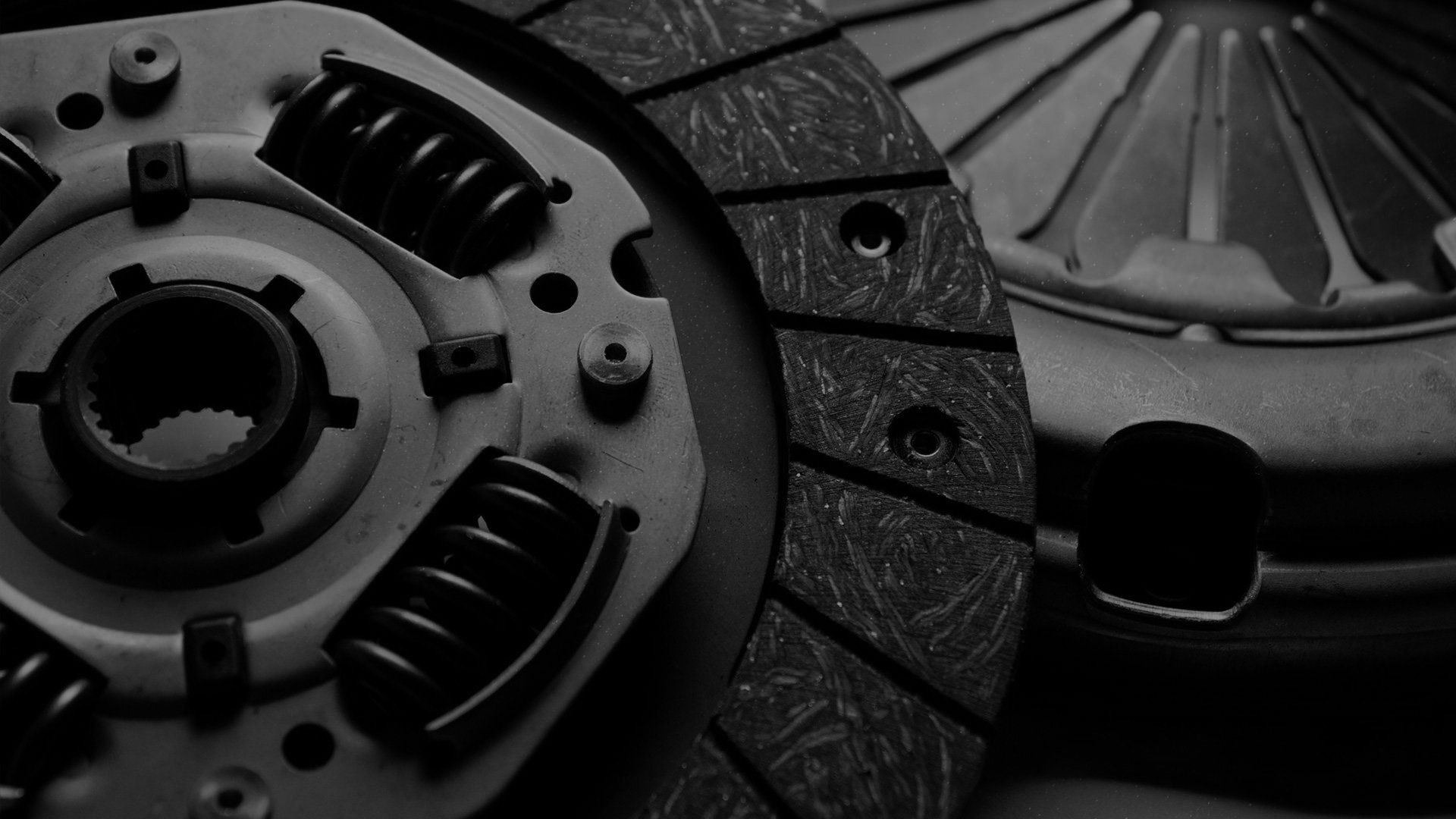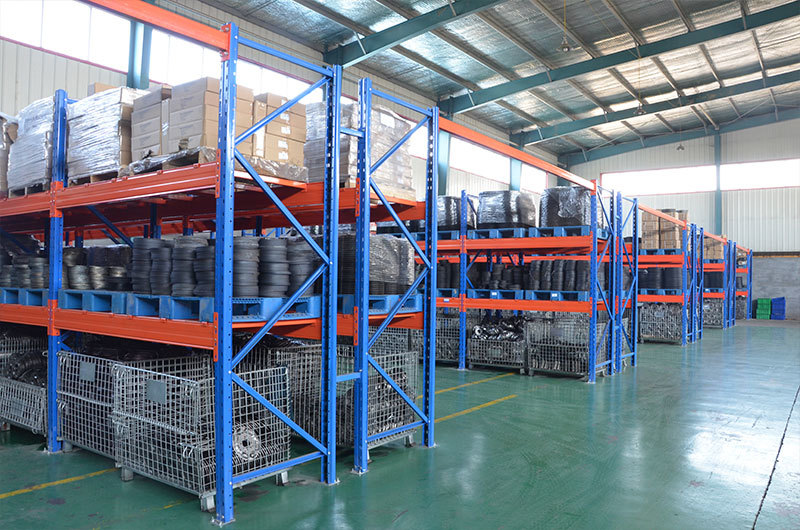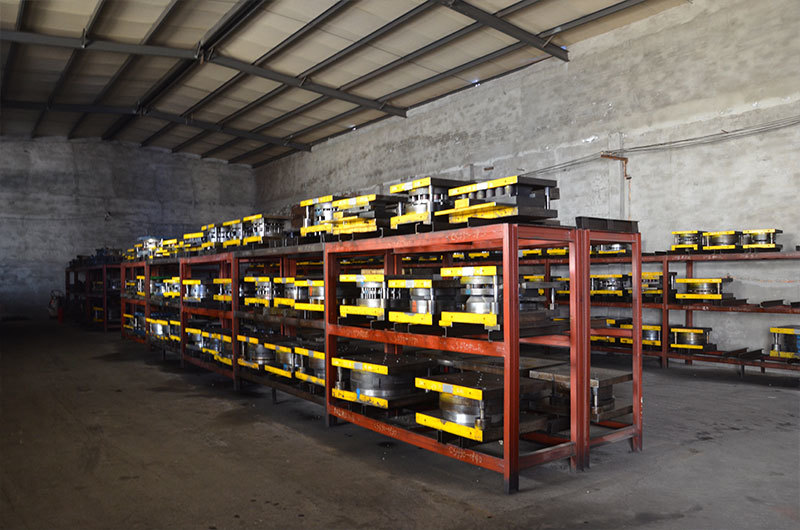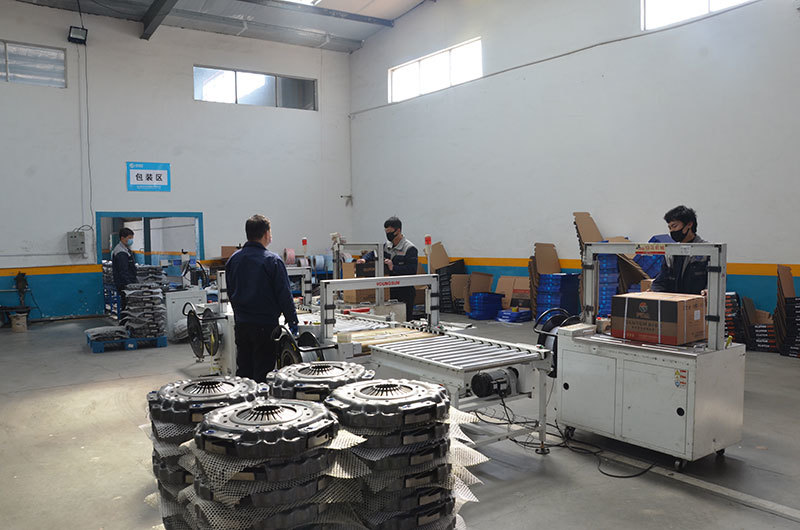Clutch cover function
Time:
Aug 10,2023
The clutch has three main functions:
(1) Ensure the car starts smoothly. After starting the engine, before starting the car, the driver first presses the clutch pedal, disengages the clutch, disengages the engine and transmission, and then hangs the transmission up, and then gradually releases the clutch pedal so that the clutch is gradually connected. In the connection process, the drag torque of the engine gradually increases, so at the same time, the acceleration pedal should be gradually pressed, that is, the fuel supply to the engine should be gradually increased, so that the engine speed is always maintained at the minimum stable speed without turning off. At the same time, due to the gradual increase in clutch density, the engine torque transmitted by the drive system to the drive wheel gradually increases, and when the traction is sufficient to overcome the starting resistance, the car starts from a stationary state and gradually accelerates.
(2) Achieve smooth shifting. While the vehicle is in motion, in order to adapt to constantly changing driving conditions, the transmission often changes gears to work. The shifting implementation of a gear transmission typically consists of dialing in a gear or other suspension mechanism such that one gear in the original gear position is out of gear and the other gear is in gear. Before shifting gears, it is necessary to press the clutch pedal, interrupt the power transmission, so as to facilitate the clutch release of the original position of the transmission, while the clutch speed of the new transmission clutch pair gradually tends to synchronize, so that the engagement shock can be greatly reduced to achieve smooth gear changes.
(3) Prevent overload of transmission system If there is no clutch in emergency braking, the engine will reduce the speed sharply due to the rigid connection with the transmission, so all moving parts will have a large moment of inertia. It is possible to eliminate the load of the transmission by relying on the relative motion between the driving and driven parts of the clutch Exceeding its bearing capacity and reducing parts damage Clutch cover structure.









